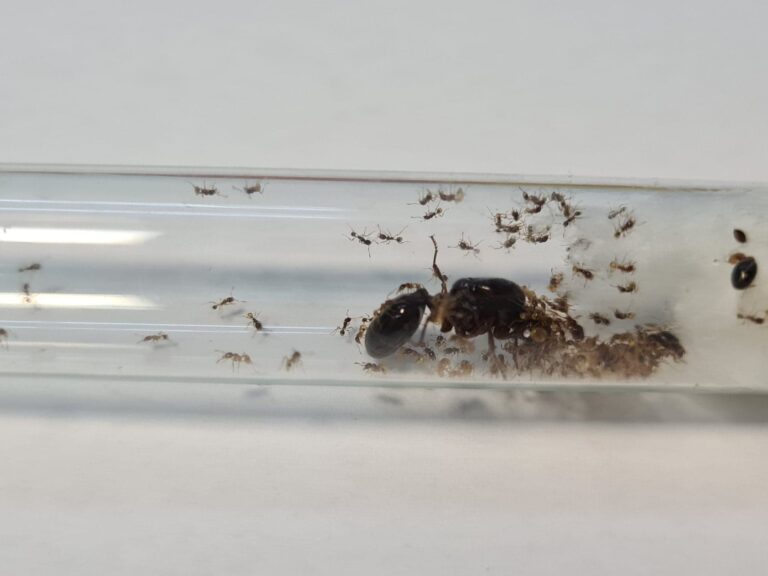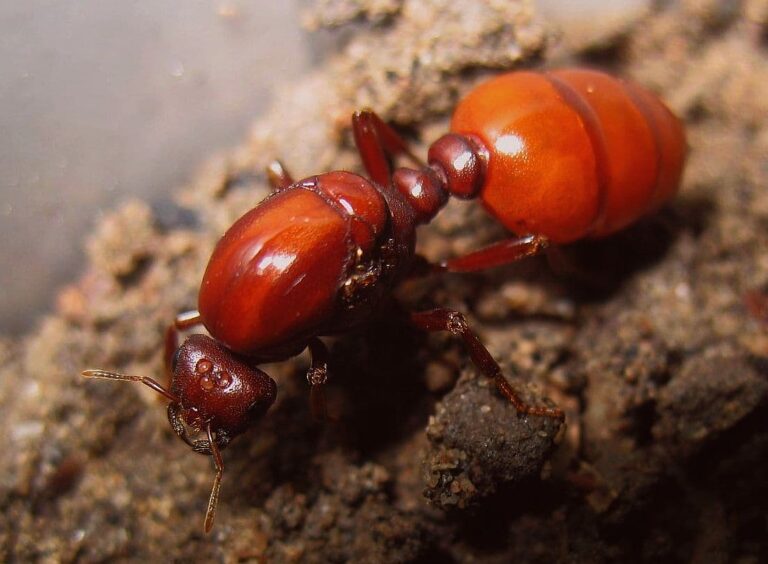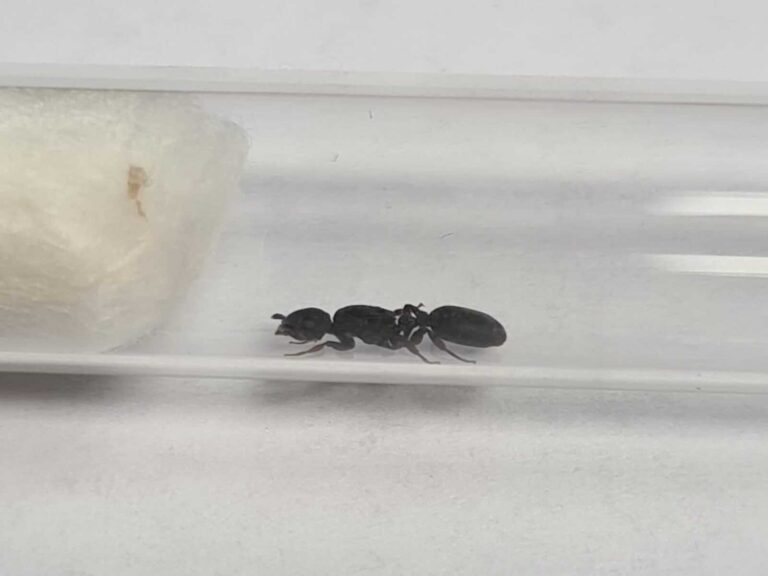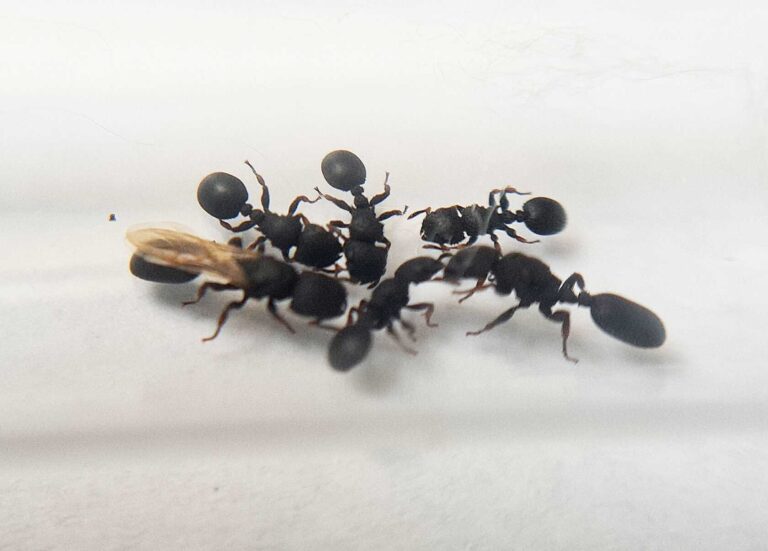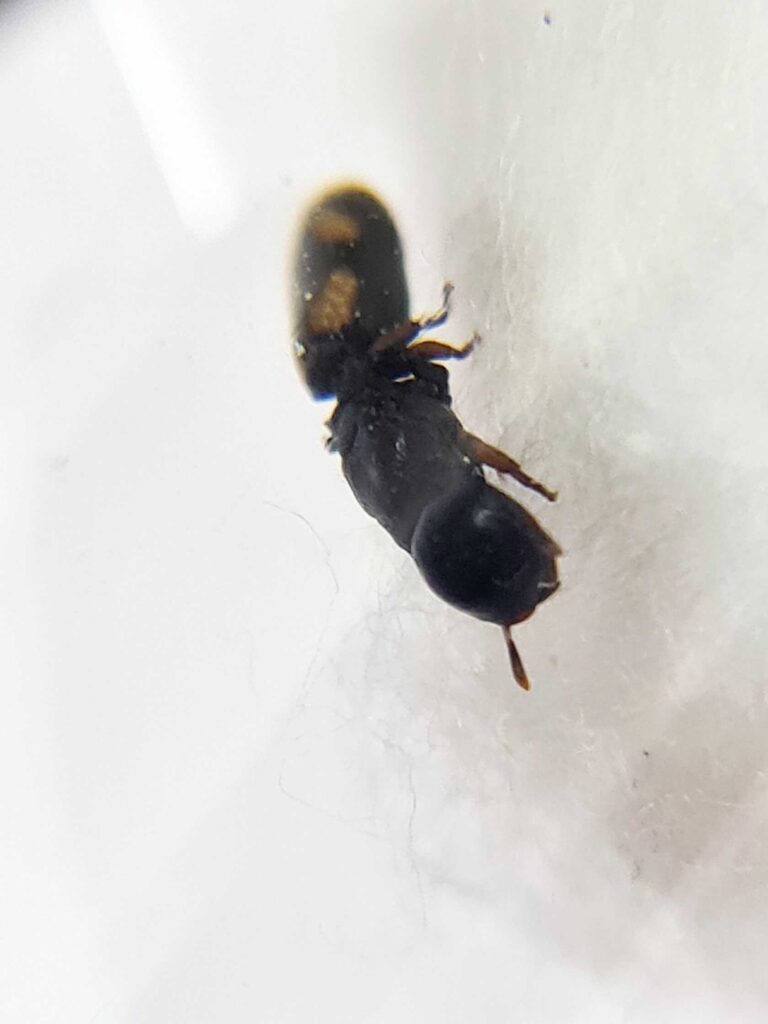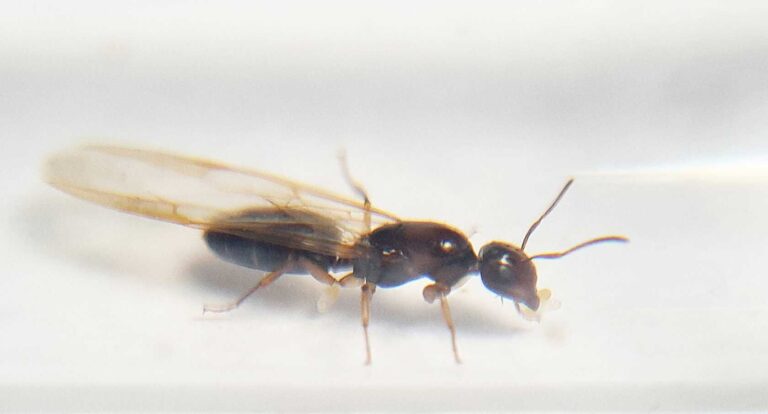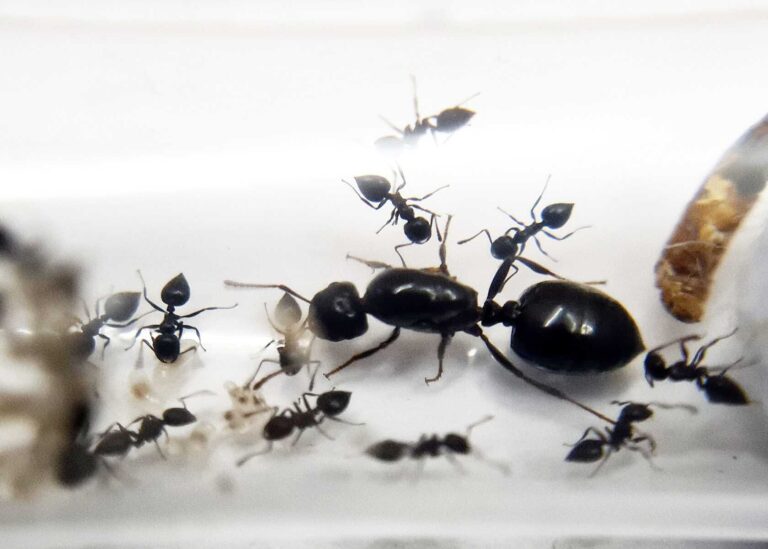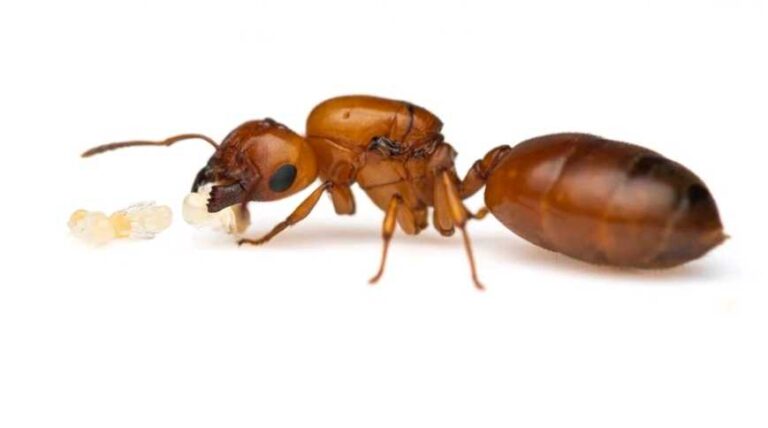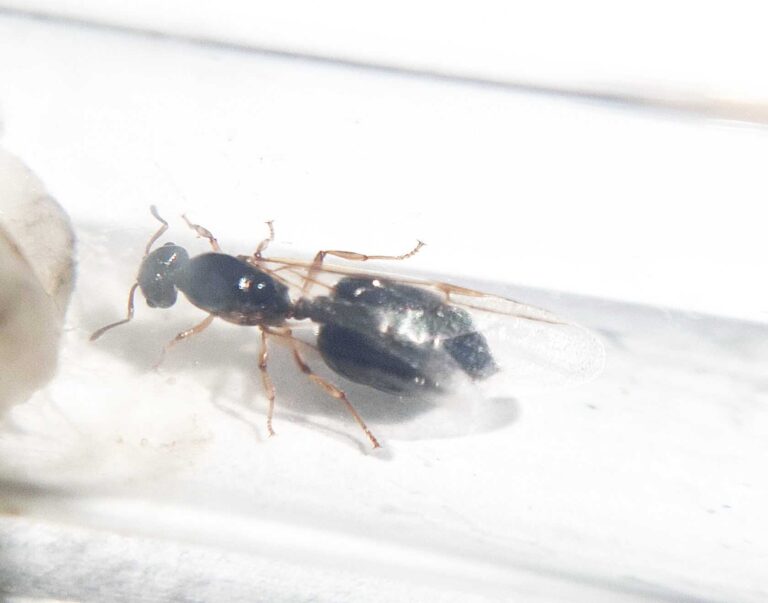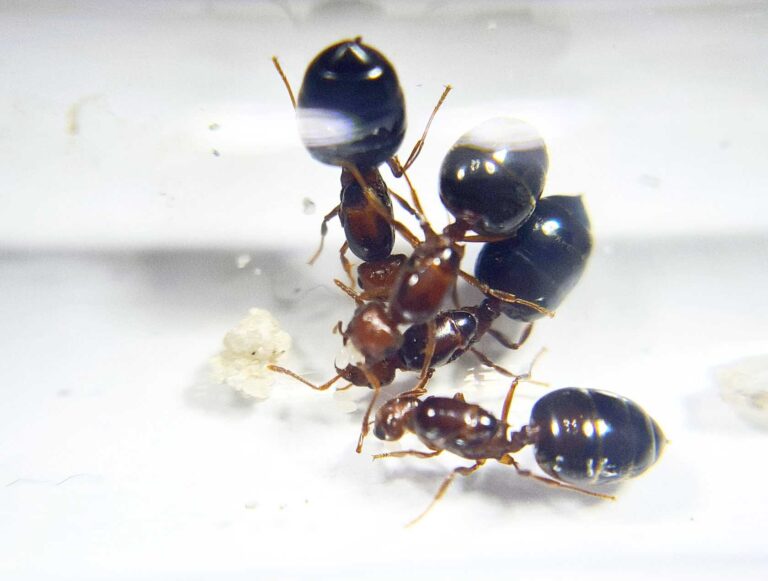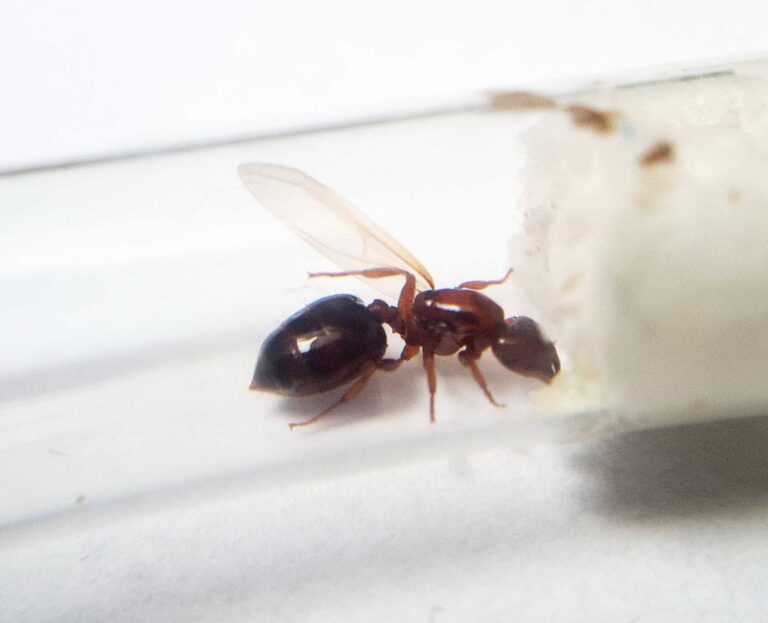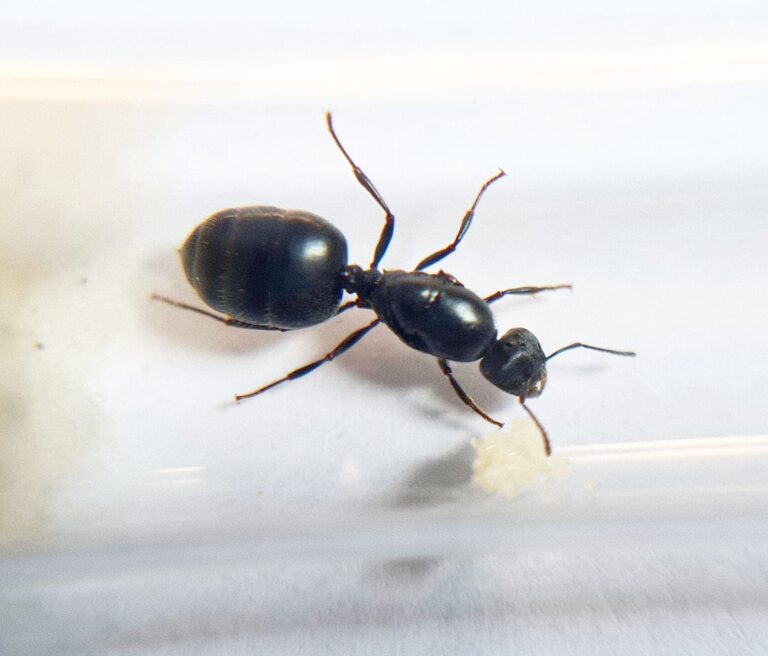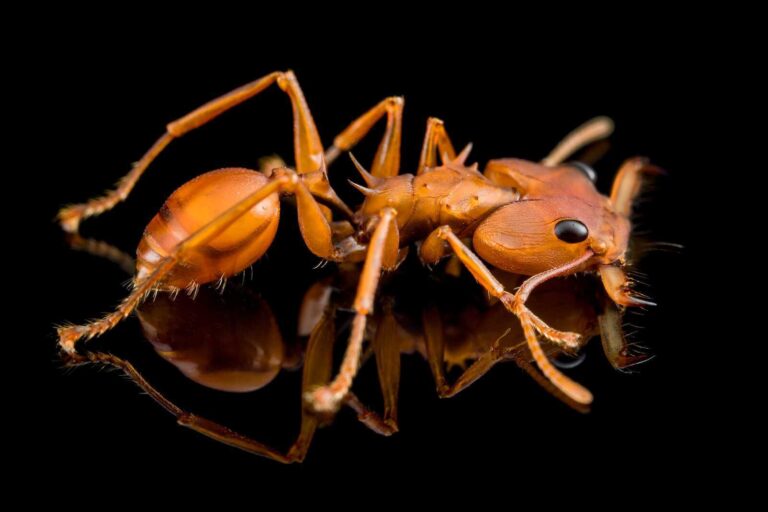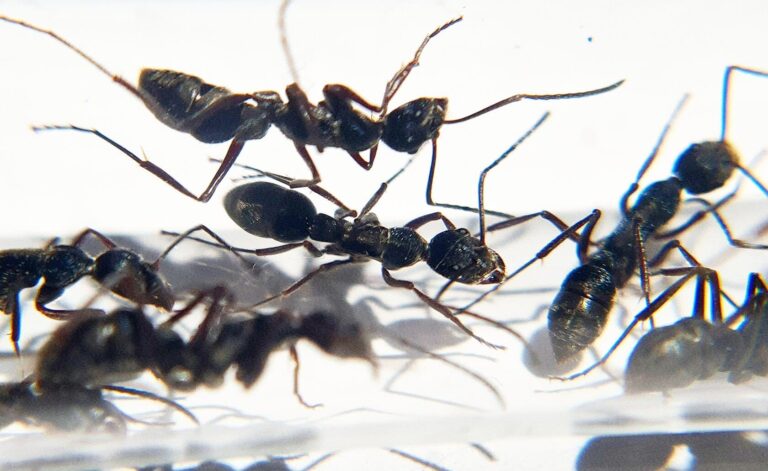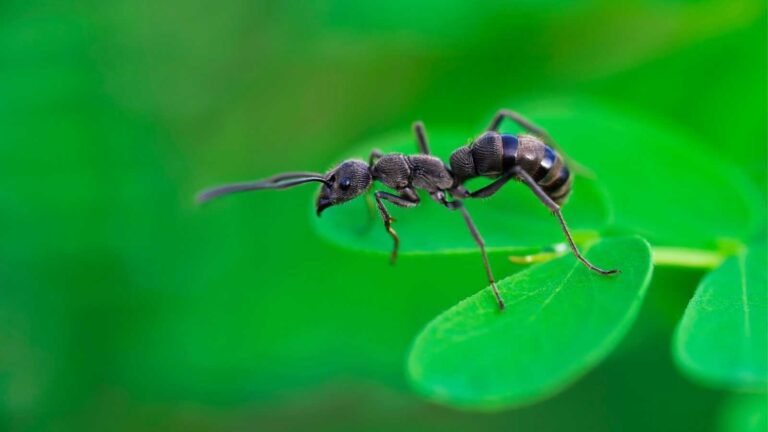Showing 121–140 of 269 results
Product categories
Stock status
Filter by price
Behavior
Defficulty
Number of workers
- Queen 258
- Queen and 1-50 workers 12
- Queen and 1-3 workers 249
- Queen and 4-10 workers 252
- Queen and 11-20 workers 252
- Queen and 21-40 workers 252
- Queen and 41-60 workers 246
- Queen and 61-100 workers 146
- Queen and 51-100 workers 12
- Queen and 101-200 workers 33
- Queen and 201-500 workers 17
- Queen and 501-1000 workers 9
- 2 Queens 26
- 2 Queens and 1-50 workers 6
- 2 Queens and 1-3 workers 24
- 2 Queens and 4-10 workers 24
- 2 Queens and 11-20 workers 24
- 2 Queen and 21-40 workers 22
- 2 Queens and 41-60 workers 23
- 2 Queens and 61-100 workers 13
- 2 Queens and 101-200 workers 14
- 2 Queens and 51-100 workers 6
- 2 Queens and 201-500 workers 8
- 2 Queens and 501-1000 workers 2
- 3 Queens 15
- 3 Queens and 1-50 workers 6
- 3 Queens and 1-3 workers 15
- 3 Queens and 4-10 workers 15
- 3 Queens and 11-20 workers 15
- 3 Queens and 21-40 workers 15
- 3 Queens and 41-60 workers 15
- 3 Queens and 61-100 workers 9
- 3 Queens and 51-100 workers 6
- 3 Queens and 101-200 workers 11
- 3 Queens and 201-500 workers 8
- 3 Queens and 501-1000 workers 1
Origin
Filter by size
MicroMicro 10
SmallSmall 51
MediumMedium 133
LargeLarge 61
HugeHuge 14
Wintering
No Wintering
Carebara affinis
289,90 zł – 519,90 złPrice range: 289,90 zł through 519,90 zł
Select options
This product has multiple variants. The options may be chosen on the product page
Carebara castanea
329,90 zł – 529,90 złPrice range: 329,90 zł through 529,90 zł
Select options
This product has multiple variants. The options may be chosen on the product page
Carebara vidua
399,90 zł – 679,90 złPrice range: 399,90 zł through 679,90 zł
Select options
This product has multiple variants. The options may be chosen on the product page
Cataulacus granulatus
299,90 zł – 479,90 złPrice range: 299,90 zł through 479,90 zł
Select options
This product has multiple variants. The options may be chosen on the product page
Cataulacus horridus
289,99 zł – 469,90 złPrice range: 289,99 zł through 469,90 zł
Select options
This product has multiple variants. The options may be chosen on the product page
Cephalotes minutus
779,90 zł – 969,90 złPrice range: 779,90 zł through 969,90 zł
Select options
This product has multiple variants. The options may be chosen on the product page
Colobopsis vitrea
239,90 zł – 369,90 złPrice range: 239,90 zł through 369,90 zł
Select options
This product has multiple variants. The options may be chosen on the product page
Crematogaster auberti
119,90 zł – 215,90 złPrice range: 119,90 zł through 215,90 zł
Select options
This product has multiple variants. The options may be chosen on the product page
Crematogaster castanea
189,90 zł – 369,90 złPrice range: 189,90 zł through 369,90 zł
Select options
This product has multiple variants. The options may be chosen on the product page
Crematogaster cerasi
189,90 zł – 289,90 złPrice range: 189,90 zł through 289,90 zł
Select options
This product has multiple variants. The options may be chosen on the product page
Crematogaster jardinero
199,90 zł – 259,90 złPrice range: 199,90 zł through 259,90 zł
Select options
This product has multiple variants. The options may be chosen on the product page
Crematogaster minutissima
309,90 zł – 429,90 złPrice range: 309,90 zł through 429,90 zł
Select options
This product has multiple variants. The options may be chosen on the product page
Crematogaster modiglianii
179,90 zł – 399,90 złPrice range: 179,90 zł through 399,90 zł
Select options
This product has multiple variants. The options may be chosen on the product page
Crematogaster nigeriensis
199,90 zł – 249,90 złPrice range: 199,90 zł through 249,90 zł
Select options
This product has multiple variants. The options may be chosen on the product page
Crematogaster quadriruga
299,90 zł – 439,90 złPrice range: 299,90 zł through 439,90 zł
Select options
This product has multiple variants. The options may be chosen on the product page
Crematogaster rochai
209,90 zł – 289,90 złPrice range: 209,90 zł through 289,90 zł
Select options
This product has multiple variants. The options may be chosen on the product page
Crematogaster senegalensis
279,90 zł – 389,90 złPrice range: 279,90 zł through 389,90 zł
Select options
This product has multiple variants. The options may be chosen on the product page
Daceton armigerum
2999,90 zł
Select options
This product has multiple variants. The options may be chosen on the product page
Diacamma bispinosum
339,90 zł – 549,90 złPrice range: 339,90 zł through 549,90 zł
Select options
This product has multiple variants. The options may be chosen on the product page
Diacamma rugosum
259,90 zł – 449,90 złPrice range: 259,90 zł through 449,90 zł
Select options
This product has multiple variants. The options may be chosen on the product page
Recently Viewed Products


